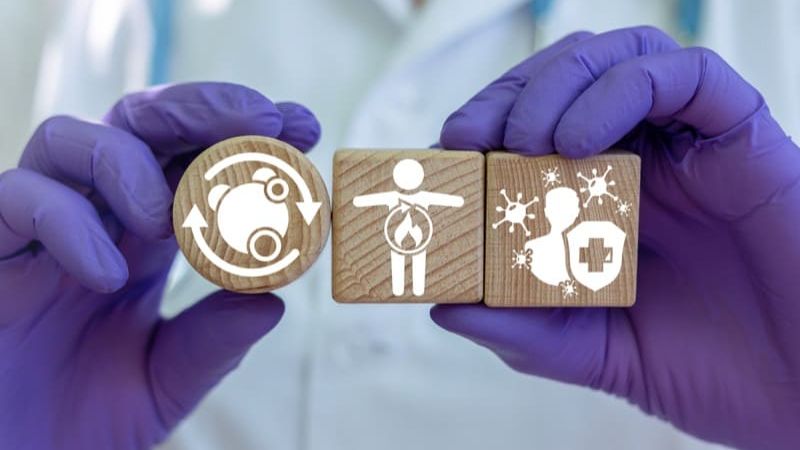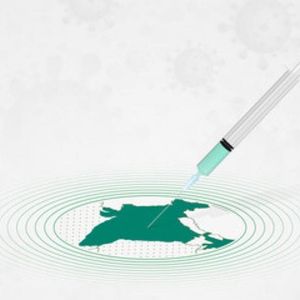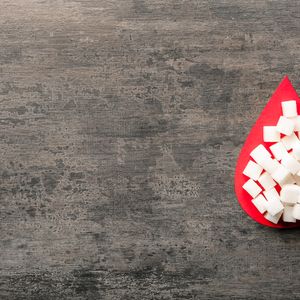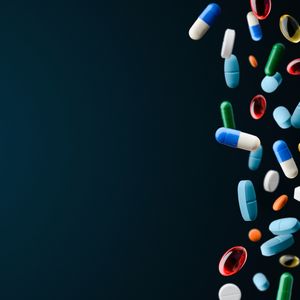

Our Review Process
Our articles undergo extensive medical review by board-certified practitioners to confirm that all factual inferences with respect to medical conditions, symptoms, treatments, and protocols are legitimate, canonical, and adhere to current guidelines and the latest discoveries. Read more.
Our Editorial Team
Shifa Fatima, MSc.
Author
Dr. Apoorva T, MHM.
MEDICAL ADVISOR
What is Metabolism?
Table of Contents
What is Metabolism?
So think of all the automatic machines around you - Washing machines, Roombas and soon even Self-driving cars. What is the one most important thing that all need, to be able to start and provide the functionality they are designed for?
An Energy Source! A source that powers them up, enabling them to deliver a smooth and efficient performance.
Simple right? But there is a caveat - the energy source has to tick off two very important conditions -
- Right Type of Fuel e.g. An automobile with a diesel engine cannot run on petrol; and vice versa.
- Right Quantity of Fuel e.g. Over Fueling and incorrect air-to-fuel ratio damages the engines of your automobile over time.
Now apply the same logic on the human body. Your body, like any other machine consists of many parts that work together to perform important functions. Your body is also highly proficient at utilizing the energy it gets to sustain itself. Sustain itself?
Does this mean you don't have to do anything to take care of it? or Does this mean you have no control over your own body?
Neither! Let's read that again - Your body is highly proficient at utilizing the energy it gets to sustain itself; meaning it is self sustaining provided it gets the energy required. Read more about diabetes reversal in India.
So what is the energy your body needs?
Although we have been calling it ‘energy’ so far, it's quite apparent that the source or fuel that keeps our body functioning smoothly, efficiently and for a long time, comes from the Food we Eat. Foods contain 3 types of nutrients that are broken down into smaller components and energy - Carbohydrates, Proteins and Fats. When any of the three components are consumed, they are broken down by digestive enzymes into byproducts - simple sugars, amino acids and fatty acids and absorbed into your blood, where they are available to be used as energy when your body needs it.
- Protein → Amino Acids + Energy
- Lipids → Fatty Acids + Glycerol + Energy
- Carbohydrates → Sugars + Energy
So how exactly does the food you eat get converted into energy?
The tissues and cells that make up your body are living things, and require energy to function and stay alive. The fuel providing that energy is a type of sugar called Glucose. Fixed in place as they are, the cells in your body are completely dependent on the blood stream to bring them this Glucose to stay alive. Without access to adequate Glucose, the body’s cells have nothing to fuel themselves with and soon either stop functioning or die. To give you more clarity, here's an illustration that depicts how the carbohydrates in your food is converted into energy.

So what exactly happens to your Metabolism in Diabetes?
In normal metabolism, the Insulin secreted attaches itself to cell receptors and opens the glucose channels to allow entry or absorption of the sugar for energy (glucose) OR is transported to the liver to be stored (glycogen) for later, causing a drop of the glucose levels in the bloodstream. The metabolism of people with diabetes is almost identical to the metabolism of people without diabetes with the only difference being the ineffectiveness of the insulin produced by the body. This is called insulin resistance. Also know how to reverse diabetes.
What is Insulin Resistance?
Due to a higher ratio of body fat to muscle, insulin resistance is most often seen in overweight people having either Prediabetes or Type 2 Diabetes. Here the muscle and liver cells don't respond normally to insulin, thus making it seem like they are ignoring the signals that insulin is trying to send out or are too preoccupied to react or pay any attention. These cells that play hard-to-get are termed as having become ‘Insulin Resistant’. Having Insulin resistance over a long time eventually leads to Type 2 Diabetes.

How does Insulin Resistance develop?
Insulin Resistance is caused by the incapacity of pancreatic beta cells to produce and provide sufficient insulin to mediate glucose uptake. Since the body can’t use its insulin effectively enough, it responds by producing more insulin to compensate. However, the strain of producing all this extra insulin means that your Beta cells become overworked and over time will start to fail. Additionally, as the amounts of insulin starts increasing, it causes your body to build up a tolerance, gradually making it more and more resistant over time. Also know how to reverse prediabetes.

FAQs
What are the 3 Stages of Metabolism?
Metabolism gets completed in three stages, i.e., glycolysis for glucose, citric acid cycle, and electron transport chain. Glucose gets broken down into energy in the first stage (glycolysis for glucose). The second stage, also known as the Krebs and tricarboxylic acid cycle, leads to the production of fatty acids, porphyrins, amino acids, and other important compounds. The third stage, i.e., the electron transport chain, results in a series of reactions that leads to ATP creation.
What Happens When Metabolism is High?
If you have a high metabolism, you can burn more calories during activities and rest. People with a high or fast metabolism need to consume more calories to maintain their weight. It is one reason some people can eat more than others without gaining weight.
What are the 4 Functions of Metabolism?
The top functions of metabolism include converting food into building blocks of protein, eliminating metabolic waste, and converting the energy derived from food to run cellular processes. If you have a steady metabolic rate, you can expect to remain full of energy throughout the day.
How Do I Know If My Metabolism is Fast?
There are various ways to find out whether you have a fast metabolism. Some of the top ways are by looking for symptoms, like weight loss, elevated heart rate, frequent hunger, fatigue, feeling sweaty or too hot, etc. People with fast metabolism are also very energetic and can experience instances of high body temperature when sitting idle.
Bottomline
Development of Type 2 Diabetes, starts with insulin resistance followed by hyperinsulinemia (increased amounts of insulin), and then hyperglycemia (high blood sugars). Since insulin is required in order to manage blood glucose levels, without it, Type 2 Diabetes continues to progresses despite glucose-lowering medication. Hence nutritional, lifestyle and other therapeutic interventions are your best bet at reversing your insulin resistance before your beta cells fail or undergo irreversible damage and requiring insulin therapy for life.
To learn more about Insulin Resistance, what causes it and how it progresses into Type 2 Diabetes, check out our article on Insulin Resistance & Diabetes Reversal.
Disclaimer
This website's content is provided only for educational reasons and is not meant to be a replacement for professional medical advice. Due to individual differences, the reader should contact their physician to decide whether the material is applicable to their case.
More by Shifa Fathima

अर्जुनरिष्ट: फायदे, खुराक, नुकसान | पढ़ें | Sugar.fit

मधुमेह के लिए मधुनाशिनी वटी: उपयोग, लाभ, खुराक और दुष्प्रभाव|

मधुमेह को नियंत्रित करें भारतीय आहार से





